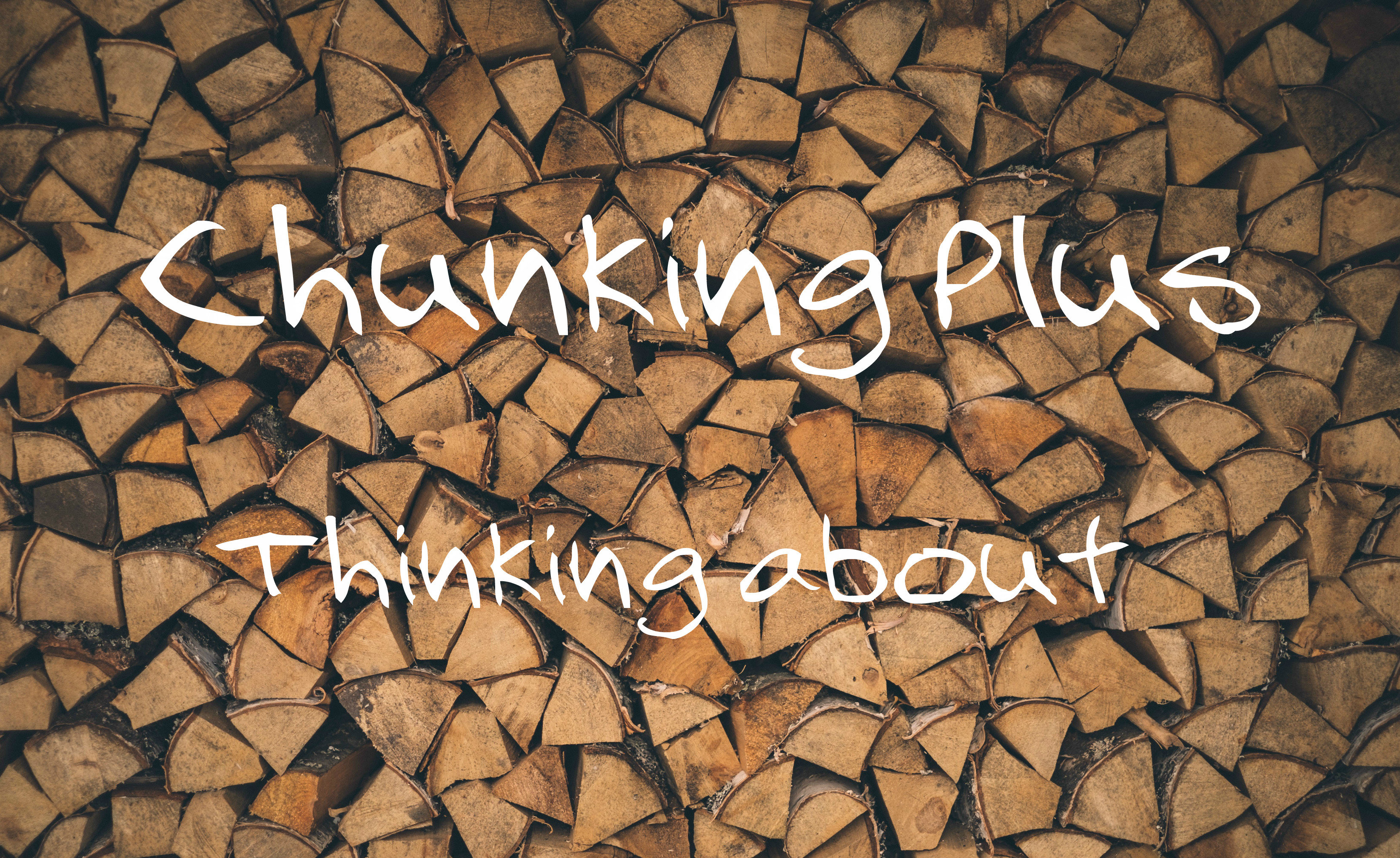
Since my initial post on “chunking plus” proved so popular, I’ve decided to keep writing more … perhaps eventually enough for a whole book, as one of my students suggested. With each post, I’ll take a chunk of language and add variations (the “plus”) to show how we can use it in multiple contexts.
Thinking about
Used in the simple present or past test, to think just means to have an opinion.
I think (that) this is a good idea.
He thought (that) his English class was great.
When used this way, we generally don’t use the progressive tense.
However, the phrasal verb to think about has a different meaning. It means to consider something. And when we’re talking about the present, we express it in progressive form, because when we are considering something, we do it over a period of time.
So starting with the chunk, thinking about, we’ll add some progressive variations.
I’m thinking about …
They were thinking about …
He’s been thinking about …
We’d been thinking about …
Now we’ll add a noun phrase. What are we thinking about? We might use a regular noun, like my vacation or his test, but often we’ll use a verbal — a gerund. That is, a verb with an –ing ending. For example:
I’m thinking about going to the mall.
They were thinking about taking a vacation.
He’s been thinking about applying to grad school.
Often when we use thinking about in a past tense, we add a but clause. That’s because if we were considering something a while ago, there may well be a reason why we’re no longer thinking about it. So try using these variations as well. For example:
I was thinking about going to the mall, but I decided to stay home.
We’d been thinking about taking a trip, but we didn’t have enough money.
He thought about applying to grad school, but he preferred to stay at his job.
Notice that in the but clause, we use the simple past tense. If we were thinking about something in the past, then the reason we didn’t act on that idea is also in the past.

